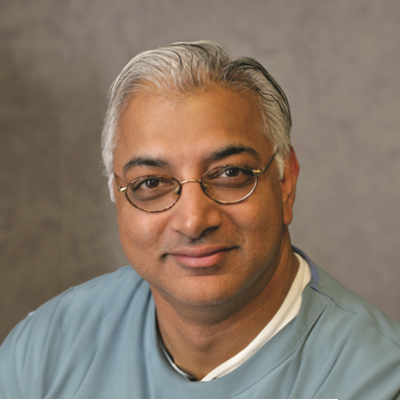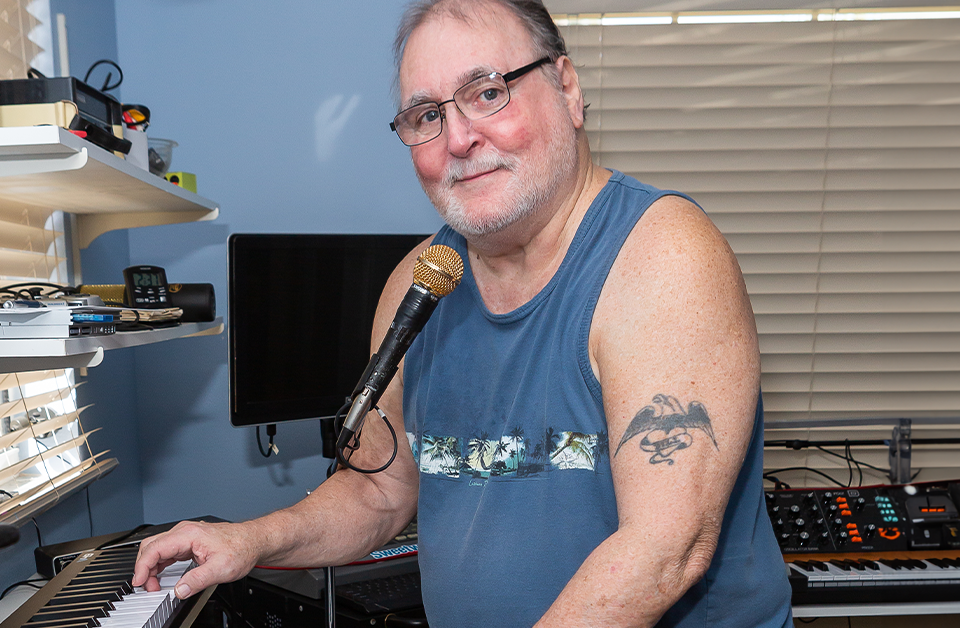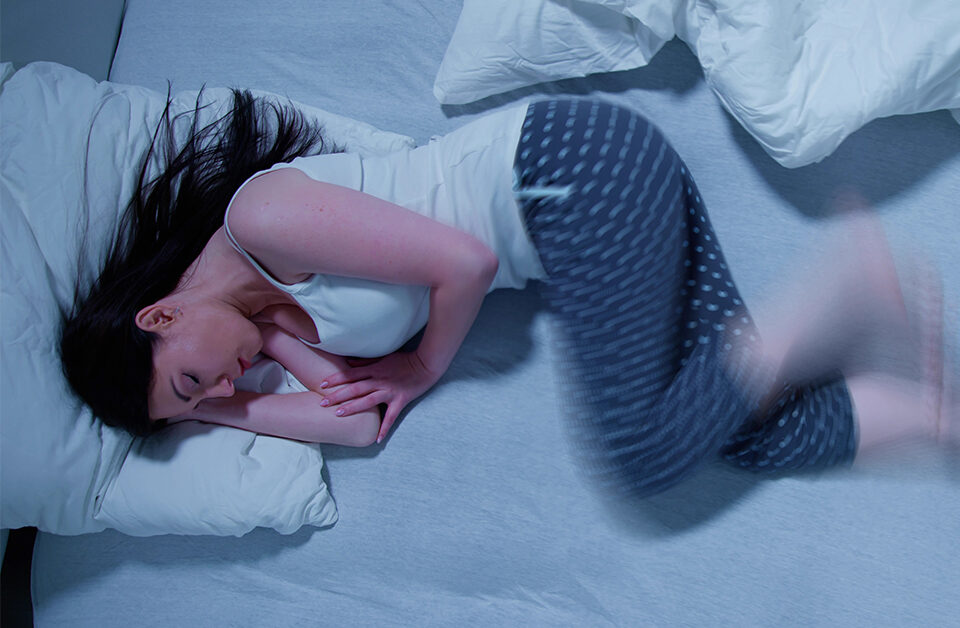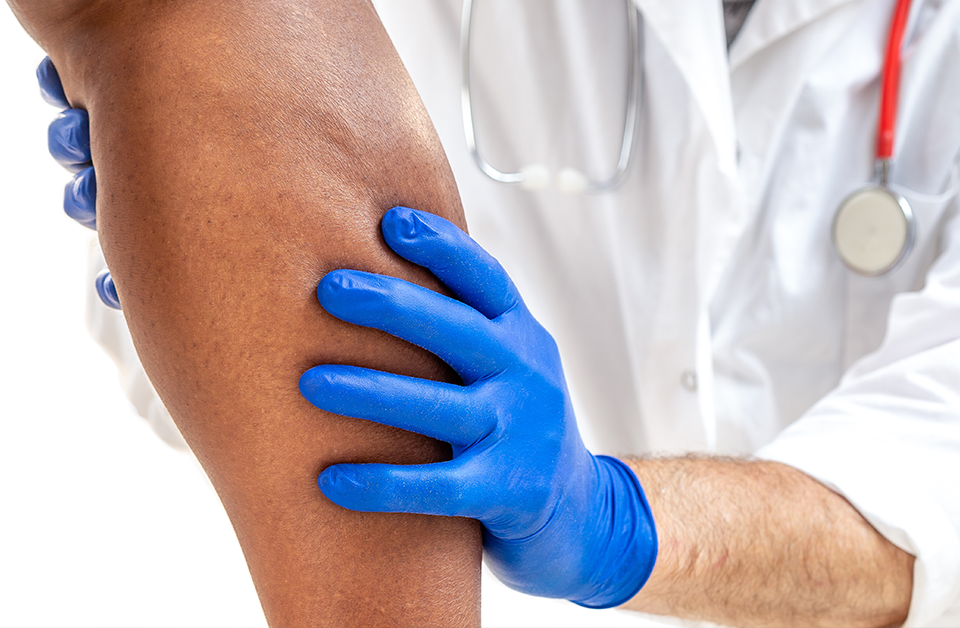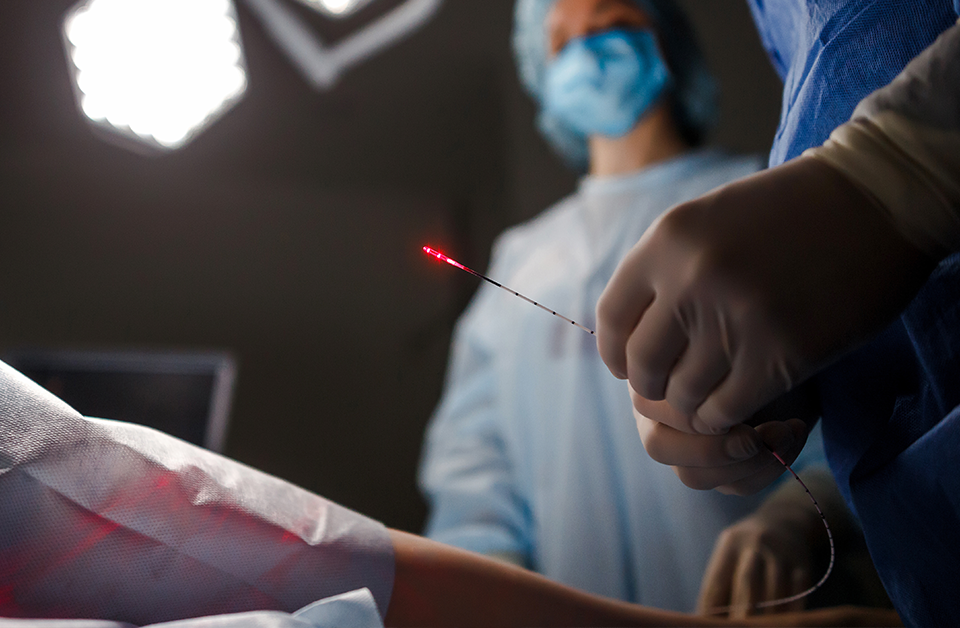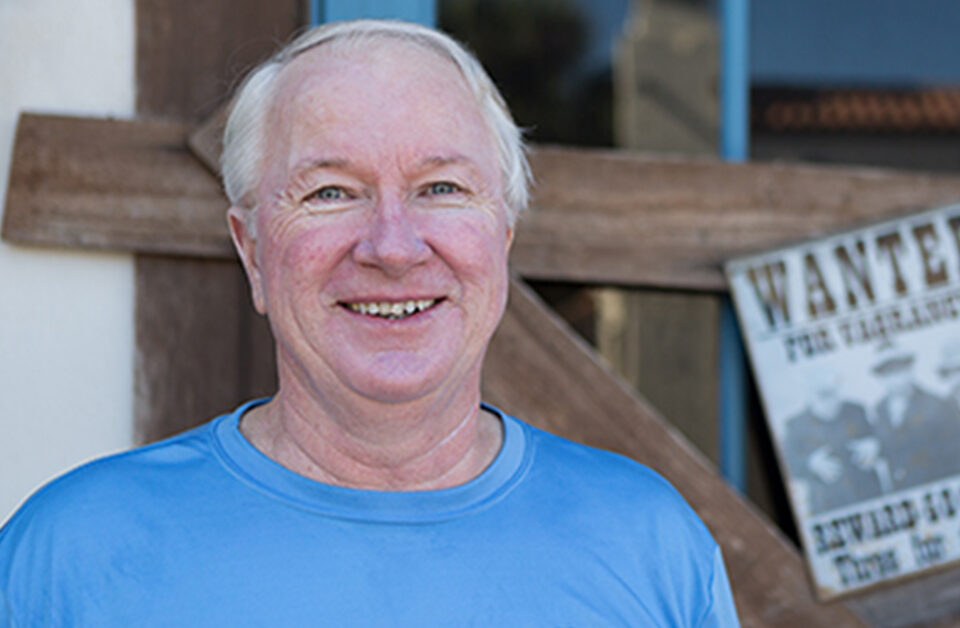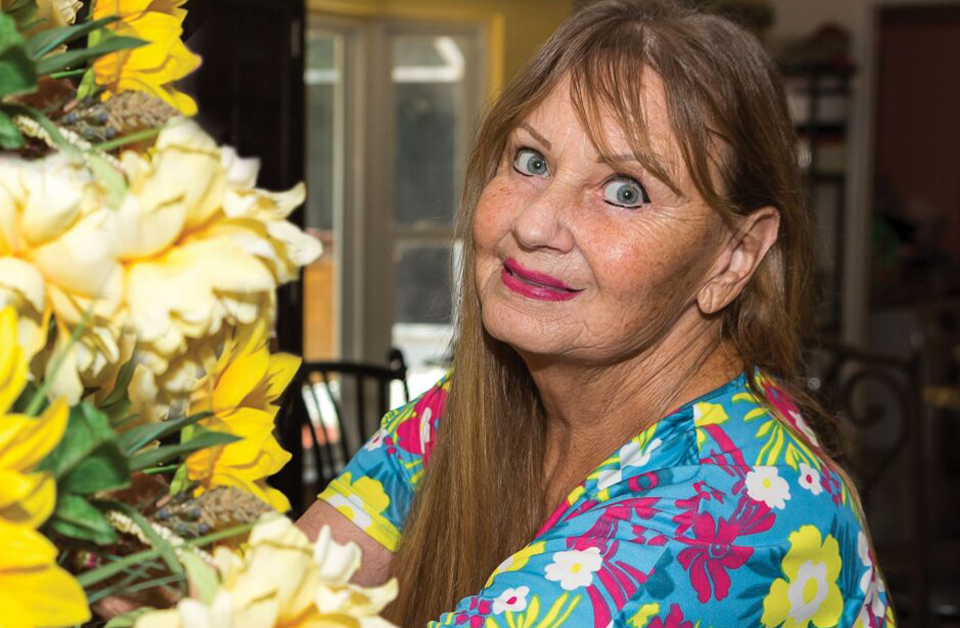

Jordan Pysz / ifoundmydoctor.com John Cain
While in high school, John Cain took a few elective courses that got him interested in designing machines. He continued to study the trade in college in his native St. Louis and earned an associate degree in mechanical engineering. He used his education to establish a career as a custom machine designer.
“When I got out of the service, I worked for a company that did nothing but create custom machines,” recounts John, 76. “People would come to us and say, I need a machine to do X, Y and Z, and we would draw it up and build it for them.”
In the early 1990s, the company transferred John’s department to Clearwater. He remained with that company three more years, then took a job with a pharmaceutical firm in St. Petersburg.
“I designed and built custom machines for producing soft gelatin capsules for ibuprofen and similar medications,” he shares. “I worked there for 18 years, and I’ve been fully retired for about 12 years.”
For fun, John golfs. But four years ago, John was diagnosed with a disorder that impacted his golf game and other activities. The condition, called polymyalgia rheumatica, or PMR, is an autoimmune inflammatory disorder that causes muscle pain and stiffness.
“It was difficult for me to get up from a sitting position,” John discloses. “My legs hurt, and I had issues with my shoulder. I couldn’t raise my arm above my waist without pain. A rheumatologist prescribed medication, and I also did some physical therapy.”
John’s bout with PMR lasted two years before it went into remission. Then, about a year later, he started to experience painful leg cramps. John thought it was a flare-up of the PMR, but blood tests disproved that suspicion.
“My legs would cramp whenever I stood up after sitting,” John details. “I would have to stand still for a few seconds before I took a step, or I would fall on my face. I had to hold onto something because the leg cramps affected my balance. The pain from the cramps was a seven on a scale of one to 10.
“I woke up several times at 2 in the morning, and the tops of my feet were itchy and burned like fire. My legs also itched and were restless. I wasn’t getting much sleep. My ankles swelled up as well. When I played golf, the swelling and cramps in my legs made it difficult to bend to stick the tee in the ground and put the ball on it.”
Though the swelling and cramps grew progressively worse, John persevered for almost a year before he visited his primary care physician for help. The doctor recommended an ultrasound examination of John’s legs.
“While that was being done, my wife happened to see a copy of Florida Health Care News in the waiting room,” John relates. “She read the article about Dr. Sharma and noticed that I had all the symptoms of venous disease that are listed in that article.”
Venous Ultrasound
Ravi Sharma, MD, is a board-certified cardiovascular surgeon with expertise in blood vessel disorders affecting the legs. His practice, Premier Vein Centers, has offices in Homosassa and The Villages®.
“My primary doctor gave us a list of doctors we could visit, but we said, We’re going to Dr. Sharma,” John says.
During John’s initial appointment, Dr. Sharma ordered a venous ultrasound of John’s legs. This exam was different than the ultrasound John’s primary physician ordered.
“A venous ultrasound must be performed with the patient standing up, not lying down,” Dr. Sharma explains. “The reason is the one-way valves in leg veins don’t function the same way when patients are lying down as when they are standing. Therefore, a true evaluation of the leg veins can only be obtained when the patient is standing for the exam.”
The ultrasound showed John was suffering from venous insufficiency, a condition that can become chronic if left untreated, according to Dr. Sharma.
“After long periods of sitting or standing, the blood in leg veins can pool,” the doctor describes. “This increases the venous blood pressure and weakens the vein walls and valves, thereby damaging the valves and preventing proper blood flow back to the heart.”
Venous insufficiency has multiple signs and symptoms, indicators that the veins are not functioning properly. Signs, which are visible, include varicose veins as well as swelling, thickening and discoloration of the skin of the ankles or legs. Symptoms, which are felt, include throbbing, aching, stinging, burning, itching, heaviness, nighttime leg cramps and restless legs.
“It is extremely important that patients experiencing any signs and symptoms have their leg veins assessed,” Dr. Sharma declares. “Leaving the condition untreated can lead to more serious complications, including leg ulcers, infection and a breakdown of the skin.
“It is also crucial that people choose surgeons who specialize in venous diseases and only venous diseases. I recommend staying away from physicians in large practices that offer a variety of services and perform venous treatment as a side service. Vein treatment must be tailored to the individual. There is no one-size-fits-all approach.
“Furthermore, the physician patients choose should be experienced in the advanced procedures available to treat venous diseases. They must also express genuine concern and compassion for patients. Physicians with these qualifications achieve the best outcomes.”
Range of Treatments
At Premier Vein Centers, Dr. Sharma offers a range of advanced, minimally invasive treatments for venous insufficiency. These include microphlebectomy, endovenous laser ablation (EVLA), sclerosing injections, VenaSeal™ and Varithena®.
Microphlebectomy has replaced vein stripping, an invasive and outdated procedure during which doctors remove the large veins by making big gashes across the leg, often leaving sizable scars.
“With microphlebectomy, the incision is tiny – about the size of the tip of a scalpel – and we can do much more through that small incision,” Dr. Sharma affirms. “With this procedure, patients end up with tiny marks on the skin or no scars at all.”
EVLA involves a sterile laser fiber that is introduced into the incompetent vein through a small puncture in the leg. Laser energy is then delivered through the fiber, painlessly closing the vein in less than an hour, using local anesthesia.
Sclerosing injections treat spider veins, which are small, twisted veins that are visible through the skin. Dr. Sharma uses ultrasound-guided sclerotherapy (UGS) to guide the injections, which gently close problem vessels.
“After about two weeks, my leg cramps went away, and I was able to get up out of a chair from a sitting position without pain.” – John
VenaSeal is a non-thermal closure system that relieves symptoms by delivering small amounts of a specially formulated medical adhesive, or “super glue,” that permanently seals the diseased vein. This procedure does not require multiple needle sticks, and in some cases support stockings are not necessary.
Varithena is a microfoam that is injected into the diseased area of the vein. It treats the vein wall and collapses the vein. This and the other advanced treatments at Premier Vein Centers are performed in a comfortable office setting using local anesthetics and result in little or no downtime and discomfort.
“Our patients are often very relieved to discover there is no general anesthesia involved in our minimally invasive treatments,” Dr. Sharma states. “And they are happy to learn that they can resume activities right away following the procedure.”
Premier Vein Centers provides a free initial consultation and accepts most insurance, including Medicare, for these treatments, which are designed to divert the blood from faulty veins to healthy ones.
“I Couldn’t Be Happier”
Dr. Sharma relies on his expertise to tailor the procedures to each patient’s symptoms and health status. For John, he selected EVLA and Varithena. While his treatment is ongoing, John is thrilled with his results thus far.
“The process Dr. Sharma is using works great,” he enthuses. “After about two weeks, my leg cramps went away, and I was able to get up out of a chair from a sitting position without pain. That was really my main issue.
“I’ve still got a little swelling, but Dr. Sharma said that will go away. I have several more procedures to complete, but at this point, I’m probably 90 percent better than I was when I first went to Premier Vein Centers.”
Having dealt with pain in his legs for four years, John chose to be aggressive with his treatment. He visits both Premier Vein Centers locations in The Villages and Homosassa to expedite the process. Unfortunately, the plan has interrupted his regular golf game.
“Wednesday is my golf day, but it’s also the day I visit Dr. Sharma at his office in The Villages. So, I’m not getting to play much right now,” John elaborates. “I did get to golf last week, however, and I had no problem bending to put the tee into the ground.”
John is definitely happy with his outcome. But he’s just as pleased with the cardiovascular surgeon. John especially appreciates the physician’s impeccable technical skills and terrific bedside manner.
“Dr. Sharma is very knowledgeable. He’s also very open, and he spent time explaining what was going on with my legs, which I really appreciated,” he raves. “I have a lot of confidence in him because he used to be an open-heart surgeon, so he knows all about the blood vessels. And he’s very good at treating them. That alone made me feel better.
“I couldn’t be happier with what Dr. Sharma has done for me.”





